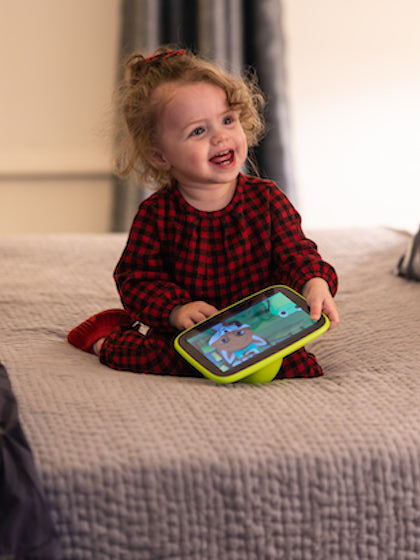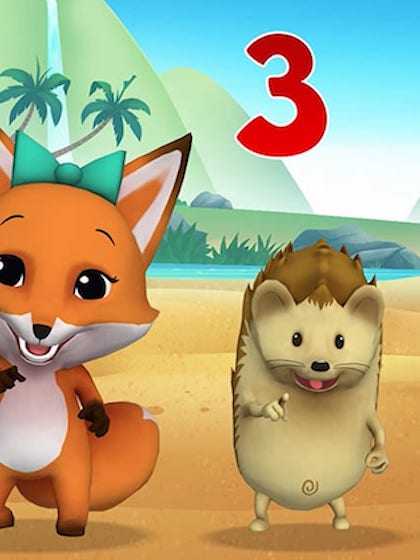STEAM, (Science, Technology, Engineering, Art, Math) is important because these five areas are part of our everyday activities and lives. Facility in these areas helps us solve problems, teaches us how to be creative and analytical, and teaches adults and children alike how to work through everyday challenges. According to the US Department of Commerce, STEAM occupations are will continue to experience a rate of growth nearly double that of occupations within non-STEAM sectors.
STEAM instruction in early education need not be formal. It is not about flashcards or overt instruction, but rather, STEAM instruction is about the things that children do daily. STEAM education can be as simple as pointing out why and how things happen in our everyday lives. Why does something fall? Why does something breaks? Why do two colors make another color? Children practice STEAM activities naturally. They build forts out of cushions, they pour sand from one container to another, they mix paints, they build towers with blocks. Through this play, children learn about the world around them and build their own theories.
Recently, STEAM has become STREAM to give recognition to the importance of reading and writing. Literacy is an important aspect of the curriculum, as it too requires critical thinking and creativity. Reading and writing are prerequisites to learning science, technology, engineering, art, and math.
Science
Technology is not only computers, cell phones, and devices. The “T” in technology includes any man-made object, something has simple as a fork, a pair of scissors, or a wheel. As children use and play with these “tools,” they learn their function and come to understand causality. They learn that with a fork they can pierce food and bring it to their mouths, and that there is a difference between a fork and spoon. They learn that with scissors you can divide a piece a paper into smaller bits, that a wheel enables a vehicle to move more quickly.
Engineering
The “E” in engineering refers to the combination of what a child learns in science, math, and technology. When children build with blocks or build a pretend house with cardboard or observe someone piling up sticks, they are “engineering.” These activities lead to an understanding of how things work.
Art
Art was added to the “STEM” curriculum because the ability to think creatively supports a child’s ability to solve problems and to innovate. Research has also shown that early exposure to creative arts supports cognitive development. As children engage in painting, play, music, and drawing, they are discovering that symbols can be used as a means of expression. The “A” in art also includes music. Music reinforces pattern recognition and numeration.
Math
Children are surrounded by “mathematics.” They encounter daily concepts of “more and less,” shape, size, sequence, and distance. When a child plays with a new object, they are exploring concepts of shape and size. When a child asks for another piece of fruit, they are exploring the concept of more. When children learn that reading books comes after bath time, they are exploring the concept of sequence.








